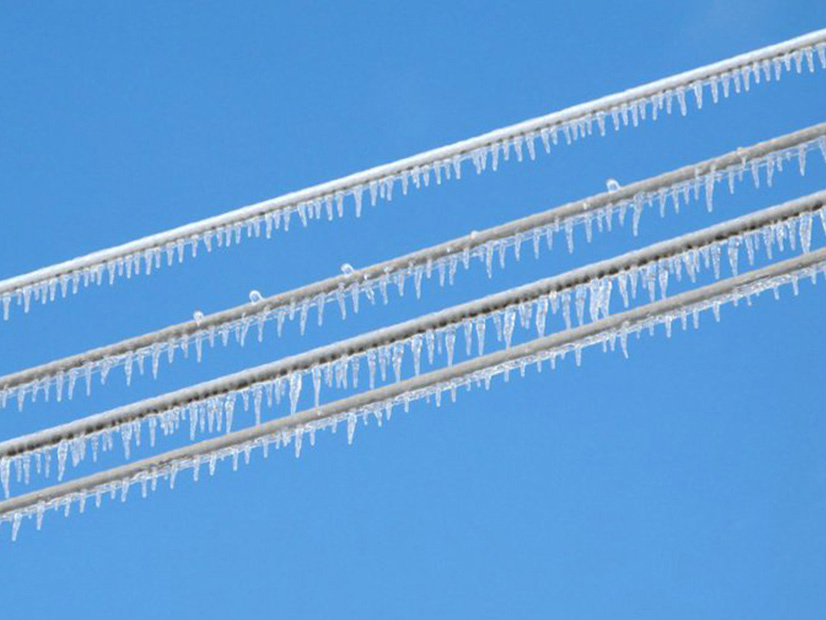MISO says it will easily navigate normal winter conditions with its own firm supply but acknowledges that a worst-case winter storm in January could exhaust its emergency reserves.
During a winter readiness workshop Thursday, staff estimated they will have between 112 GW and 116 GW of capacity available to meet a projected 102 GW demand peak in January and 97-GW peaks in December and February. The forecast assumes average outage rates that have historically reached 29 GW.
The RTO’s all-time winter demand peak of 109 GW was set in January 2017.
Resource Adequacy engineer Eric Rodriguez said MISO “will be long as far as firm resources are concerned” if it experiences a normal number of outages and typical winter weather.
But the grid operator said “high-risk, low-probability events,” such as an artic blast, intense winter storms and fuel supply issues, “could impact available power” and challenge reliable operations.
According to Adam Simkowski, MISO’s principal meteorological risk analyst, MISO South should experience above normal temperatures while MISO Midwest should see near to slightly below normal temperatures. The grid operator noted that the National Oceanic and Atmospheric Administration is modeling a dynamic winter storm pattern for the Great Lakes states and said the area is at risk for blizzards and wind turbine icing.
“We could see a pretty active precipitation pattern this winter,” Simkowski said.
MISO is monitoring the small potential for a stratospheric warming event “which could destabilize the polar vortex” and unleash frigid weather that could dip into MISO South, he said.
“Overall, the ingredients for this to happen this winter don’t seem extremely likely,” Simkowski said, although he said the footprint could encounter “five- to 10-day shots” of cold weather.
Staff doesn’t foresee emergencies outside of a perfect storm of variables during the January peak. They said a scenario with unusually high demand of 109 GW and low available generation of only 95 GW could use up its 9.3 GW of expected emergency supply and force MISO to rely on imports from its neighbors to avert load shedding.
“Operating the power system is extremely complex, and adverse weather conditions can test the resiliency of the electric grid,” Jessica Lucas, executive director of system operations, said in a press release. “We have a responsibility to ensure 42 million customers have reliable power, which is why we need to work collaboratively with our partner utilities as we head into winter.”
“The system is evolving and will continue to evolve toward a more complex, less predictable future for the region,” added Anna Foglesong, director of strategy and policy coordination.




